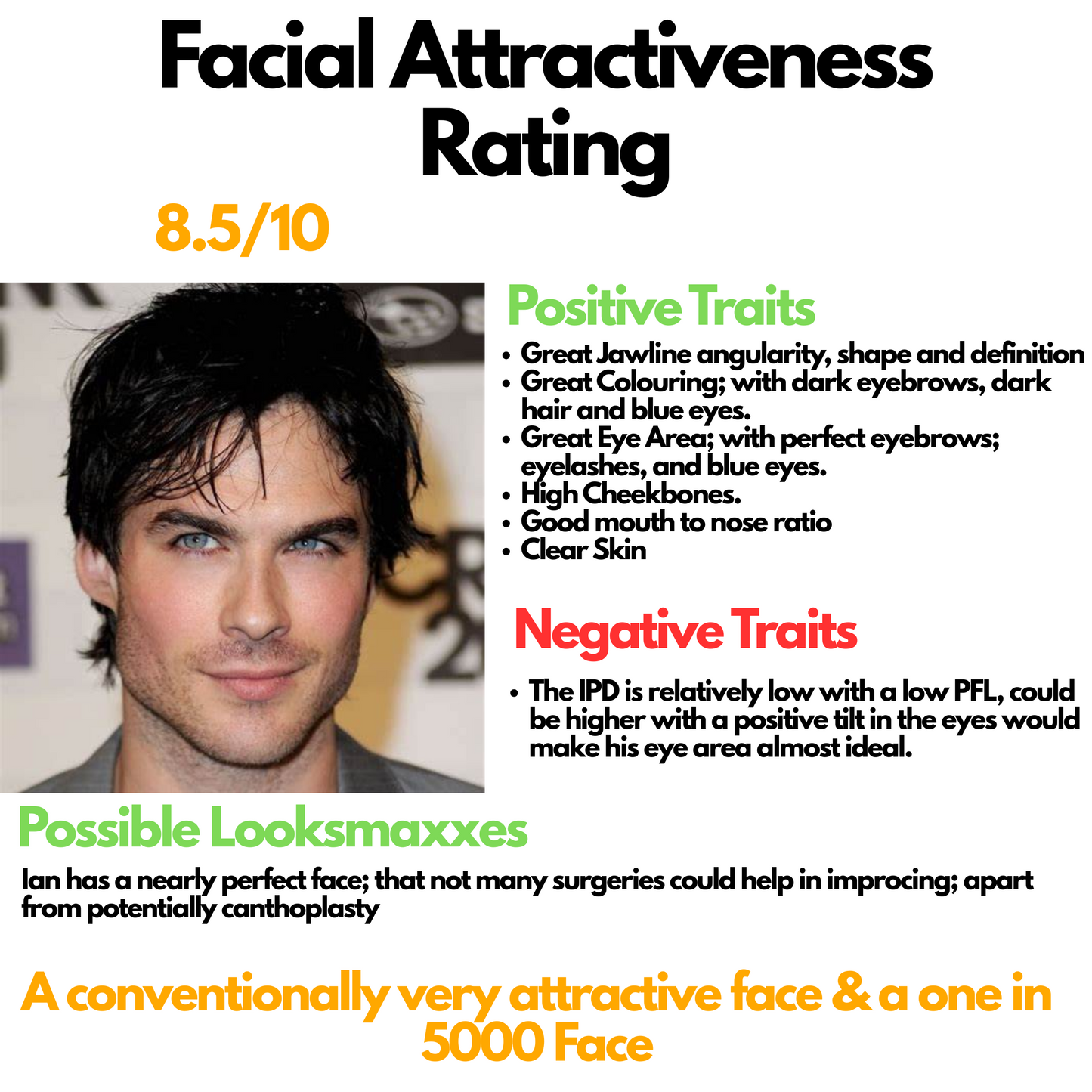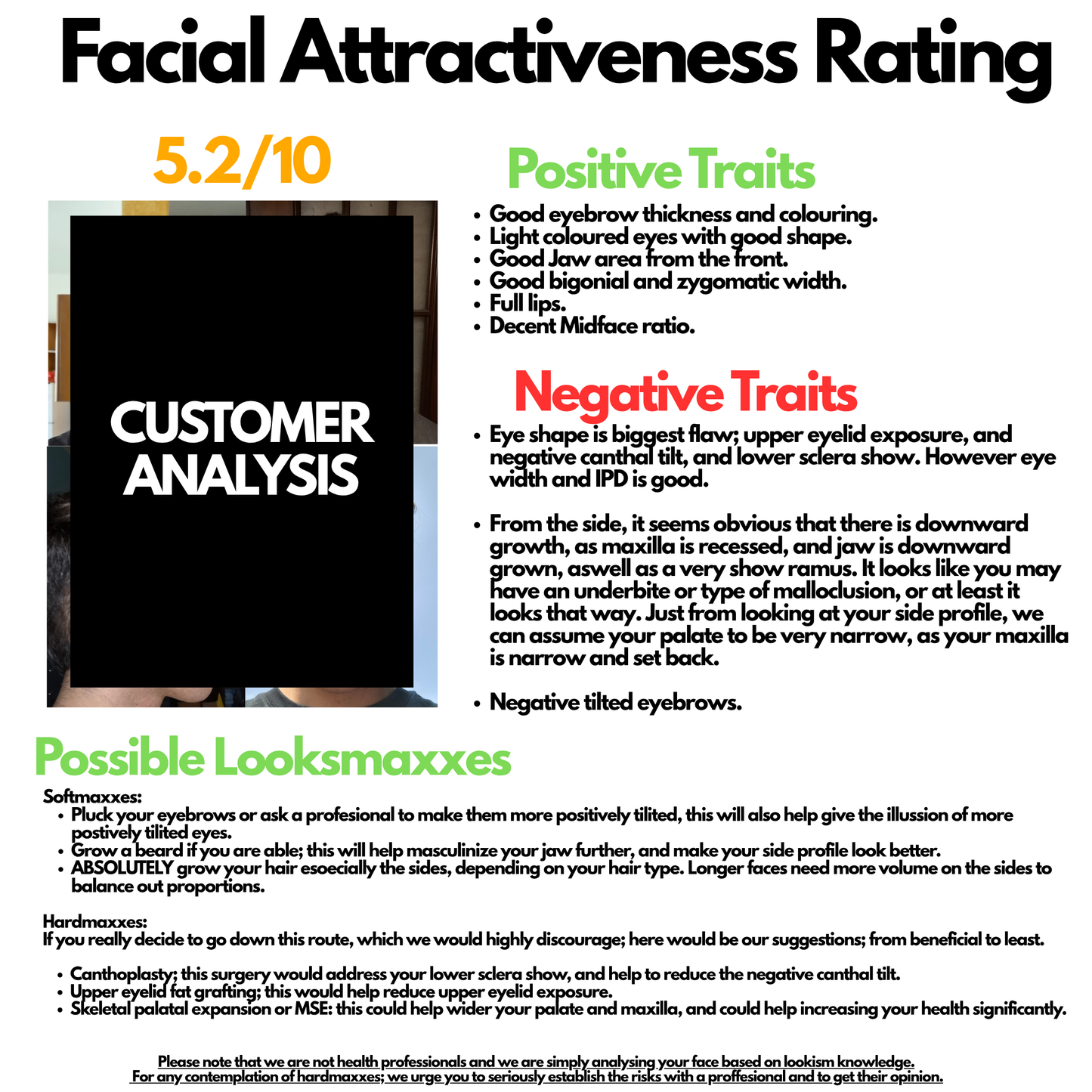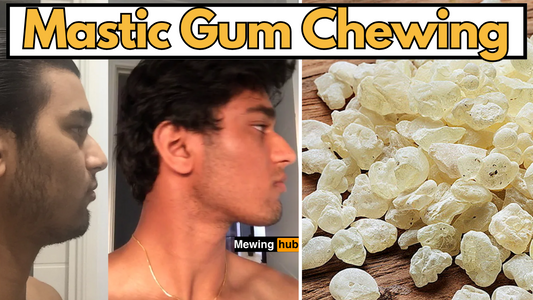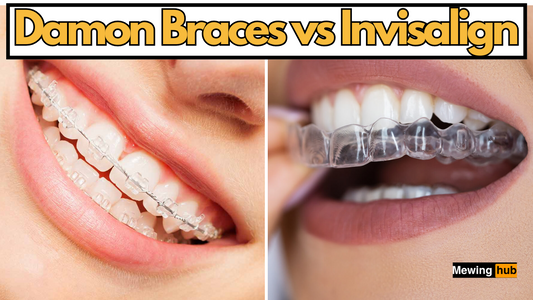Achieving Hollow Cheeks: Effective Techniques for a Sculpted Face
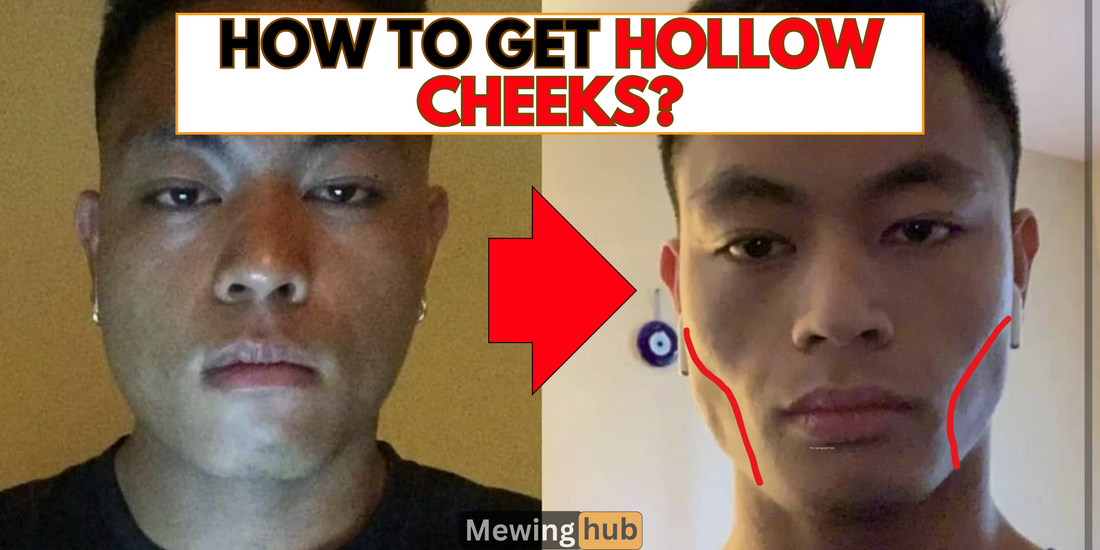
Share
In the quest for a sculpted, aesthetically pleasing facial structure, hollow cheeks stand out as a coveted feature.

Mewing for hollow cheeks
Mewing, a technique developed by Dr. John Mew, is centered around correcting tongue posture to influence facial structure over time.

Proper mewing involves placing the entire tongue against the roof of the mouth, which can lead to several benefits, including the potential for more defined cheekbones and, subsequently, hollow cheeks.
If you want to learn more about mewing, checkout our Mewing Guide Blog
Atrophy of the Buccinator Muscles
A key aspect of mewing is its impact on the buccinator muscles.
By promoting a proper swallow technique, where the tongue presses up against the palate, swallowing becomes more efficient.

This process minimizes the use of the buccinator muscles, leading to their atrophy over time.
Reduced buccinator muscle size contributes significantly to the hollowing of the cheeks, as these muscles are primarily responsible for the rounded appearance of the cheeks when overdeveloped.
Chewing and the Masseter Muscles
Incorporating chewing into your mewing routine can build the masseter muscles, located at the sides of your jaw.

Strengthening these muscles through chewing gum or masticating on tougher foods not only enhances jaw definition but also stretches the skin over the cheeks.
This stretching, combined with the aforementioned atrophy of the buccinator muscles, contributes further to achieving hollow cheeks.
Widening the Cheekbones
Mewing and chewing exercises indirectly contribute to the widening of the cheekbones.

As the masseter muscles become more pronounced and the buccinator muscles atrophy, the cheekbones appear more prominent.
This prominence, in turn, aids in creating the illusion of hollow cheeks by providing a sharper contrast between the cheekbones and the hollowed-out cheek area.
Weight Loss and Facial Aesthetics
Weight management plays a crucial role in achieving hollow cheeks. Excess facial fat can obscure the underlying bone structure, making cheeks appear fuller.
A combination of a balanced diet and regular exercise can help reduce overall body fat, including facial fat.
This weight loss, particularly when it involves the reduction of cheek fat, can enhance the hollowing effect and reveal a more defined facial structure.
Take-Away
Achieving hollow cheeks is a multifaceted process that involves more than just facial exercises; it requires a holistic approach to wellness and facial structure optimization.
Mewing, with its focus on improving tongue posture, plays a significant role in this transformation by affecting the buccinator muscles and enhancing cheekbone prominence.
Coupled with weight loss to reduce facial fat and exercises to strengthen the masseter muscles, these techniques can collectively sculpt the face towards the desired aesthetic of hollow cheeks.
As with any physical transformation, patience and consistency are key — the changes are gradual and require dedication to the practices outlined above.




